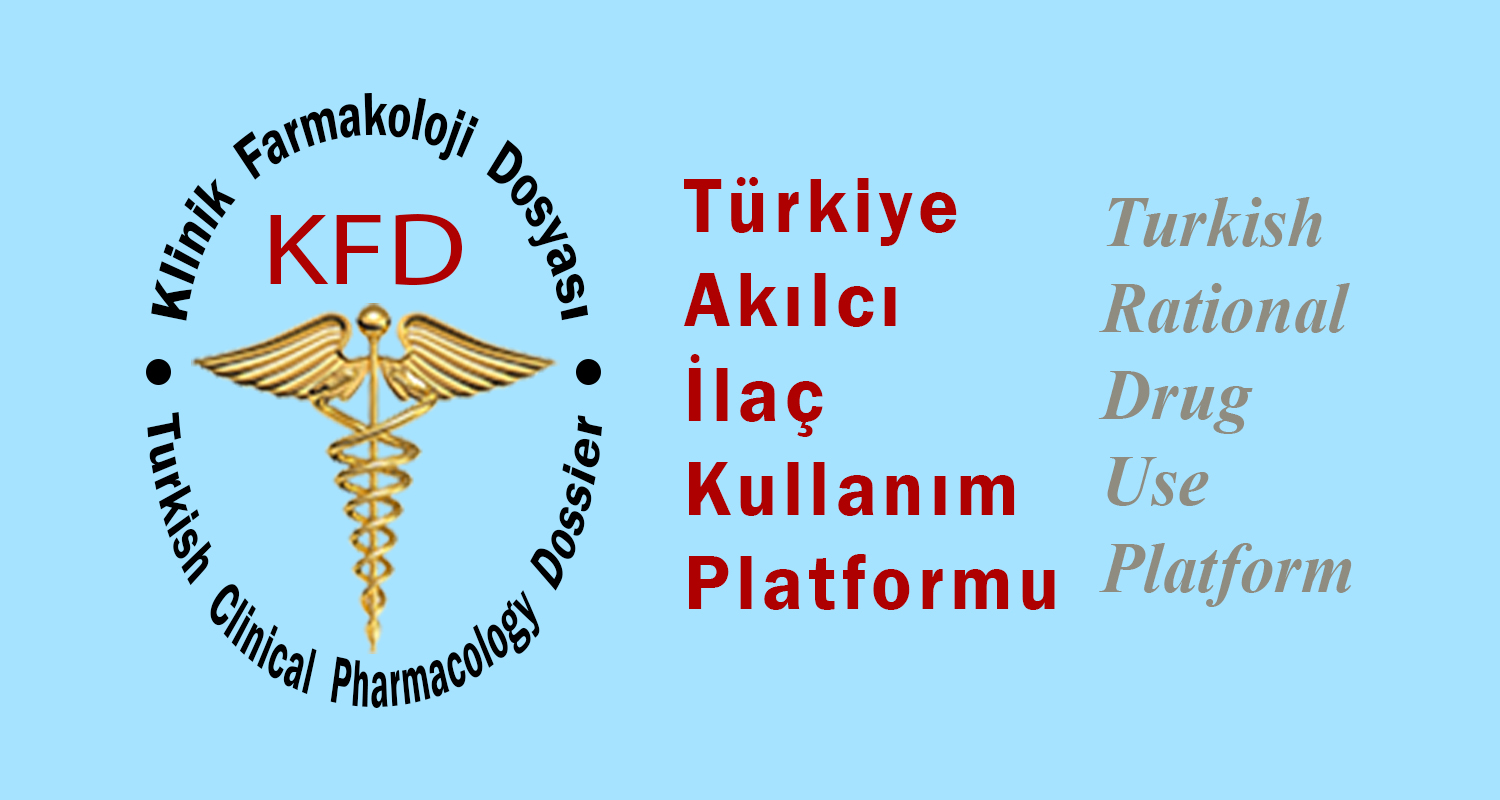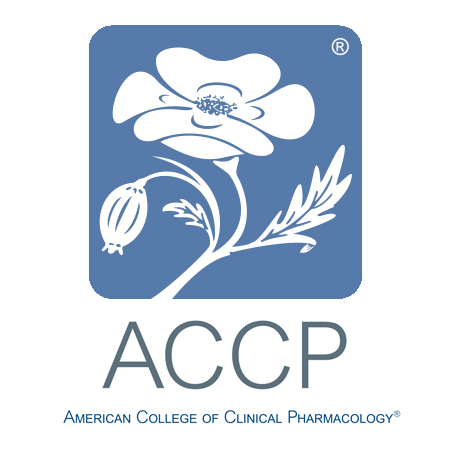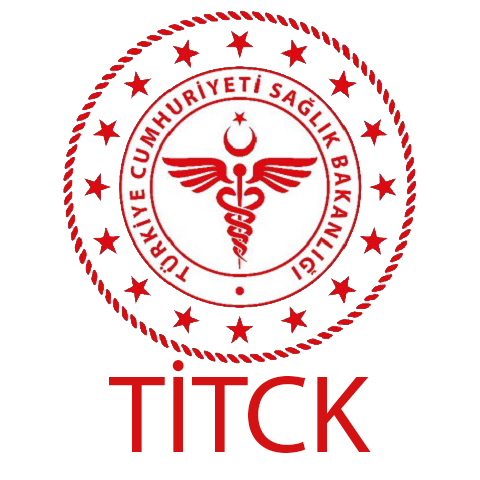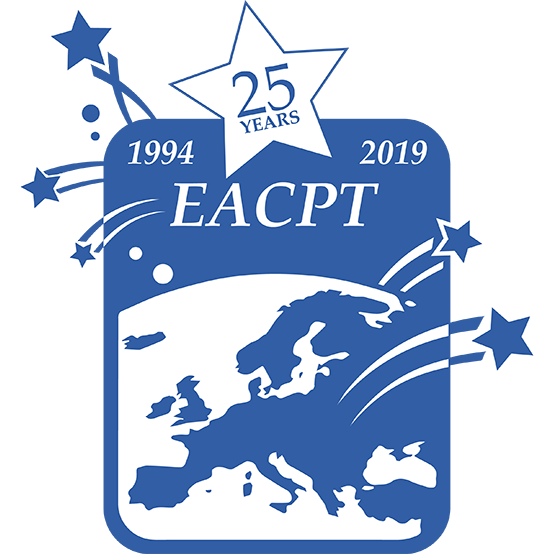
First Discuss Risk, Then (Maybe) Write a Statin Prescription
August 27, 2014
Henry R. Black, MD: I'm Dr. Henry Black, Adjunct Professor of Medicine at the Langone New York University School of Medicine. I am here today with my friend and former colleague, Dr. Neil Stone.
Neil J. Stone, MD: I am the Bonow Professor of Medicine at Northwestern University in Preventive Cardiology, but most recently probably known as the chair of the new 2013 cholesterol guidelines[1] that, along with the risk assessment,[2] lifestyle,[3] and obesity[4] guidelines, made up the 2013 prevention package from the American College of Cardiology (ACC)/American Heart Association (AHA).
Dr. Black: Could you tell us the highlights of your guidelines, and then we will talk a little bit about the potential flaws?
Dr. Stone: As many people know, but perhaps some don't, this was not a simple consensus panel. We were asked to choose critical questions, and then based on the resources, we had our top 3 questions answered through a very specific process designed to remove bias. For example, our questions had to do with whether there should be primary and secondary prevention low-density lipoprotein cholesterol (LDL-C) or non-high density lipoprotein cholesterol (HDL-C) goals, and what the relative merits of the 5 or 6 classes of lipid-lowering drugs were.
We created those questions in detail and sent them to a separate group chosen by the National Institutes of Health to answer these questions for us. This group returned a body of evidence, from which we created evidence statements. From those evidence statements, we created our evidence-based recommendations. We put the evidence-based recommendations into a guideline.
It was a detailed, complicated process, and we had phone calls almost every week. We called people in random order. We purposely didn't include opinion that wasn't related to the massive amount of evidence that was assembled by the independent contractor.
Dr. Black: How much did you change from the previous guideline, Adult Treatment Panel (ATP) III?[5]
Dr. Stone: There were significant changes from ATP III. Like ATP III, we emphasized lifestyle as the foundation of primary prevention efforts. The risk estimator was very important in people aged 20-59 years, and the inputs are the classic risk factors of age, sex, blood pressure, diabetes, and HDL-C. Nonfasting values can be put into the risk equation (such as inputting non-HDL-C), as well as cigarette smoking.
Of greatest importance, we had separate equations for African-American persons and non-Hispanic white persons, because we had data for those groups. For the first time, unlike Framingham, we had an equation that could look at African-American risk more precisely.
Also unlike Framingham and ATP III, we looked at the risk for heart attack and stroke. We felt that these risks were especially important for women and for African-Americans who often have a stroke before they have a heart attack.
Dr. Black: You weren't focusing so much on coronary disease and heart attack as you were on the totality of cardiovascular disease.
Dr. Stone: Exactly. We called it "atherosclerotic cardiovascular disease."
Dr. Black: You came up with a 10-year risk threshold of 7.5%. Where did that come from?
Dr. Stone: That has been a source of confusion. From the evidence base we received from the independent contractors, we chose 3 solely primary prevention trials: MEGA,[6] AFCAPS/TexCAPS,[7] and JUPITER.[8] We were able to discern that there was benefit down to 5% risk in those studies, but we chose 7.5% knowing full well that risk estimators can overestimate risk as we make progress in treating disease. Framingham overestimates more than our new risk estimator does. This way, if it overestimated slightly beyond 7.5%, we wanted patients to remain in a risk-benefit group.
We chose 7.5% as a figure supported by high-quality randomized clinical trial data showing that the benefits outweighed the risks. We didn't say that the 7.5% risk category determined statin therapy.
That was a point of confusion on the part of several commenters. We said that the risk estimator begins the risk discussion. If you look online at figure 2 or at table 3 in our guidelines, you can see clearly that for primary prevention after you reach a certain level of risk (arbitrarily defined as 7.5%), the clinician is supposed to engage the patient in what we call a risk discussion. We view that as a big advance, and by the way, the National Institute for Health and Care Excellence (NICE) guidelines[9] from Britain also include that concept.
Dr. Black: What should clinicians be discussing with their patients?
Dr. Stone: There are 4 elements of a risk discussion. The first is to determine the patient's risk factor profile. Clinicians can download the ACC/AHA risk estimator. This tool allows you to enter the patient's age, sex, and race; systolic blood pressure; whether the patient is being treated for high blood pressure, has diabetes, or is a cigarette smoker; and the patient's total and HDL-C levels. If the patient is between the ages of 40 and 79 years, you can find out the patient's 10-year risk. If the patient is aged 20-59 years, you can find out the patient's lifetime risk. The lifetime risk estimator is used only for a risk discussion about improving lifestyle. It was not designed to use in determining statin eligibility.
The second part of the risk discussion is to ask whether the patient follows an optimal lifestyle. For example, a person might be a smoker and have a terrible lifestyle, allowing plenty of room for improvement in those areas.
The third element is to weigh the potential benefits and adverse effects or drug/drug interactions from statins, on the basis of the clinician's knowledge of the patient's characteristics. We said that this has to occur before a statin is prescribed. Some patients (for example, those on protease inhibitors and those who have had a transplant and are on immunosuppressive therapy) might not be able to tolerate the same doses of statins as patients who don't have those comorbid conditions.
Finally, we want an informed patient preference, because for primary prevention, the absolute risk reduction was different from that of 3 high-risk groups (secondary prevention, patients with diabetes aged 40-75 years, and patients with LDL-C > 190 mg/dL). For primary prevention, we insist that the discussion focus on risk; lifestyle; the benefits and risks associated with statins; and finally, an informed patient preference.
Dr. Black: You are talking about statins. What about other pharmacologic ways to lower cholesterol? Did you address those at all?
Dr. Stone: One of our critical questions allowed us to compare them using the best data we had -- randomized clinical trials and meta-analyses of these trials -- and statins by far had the best profile in terms of efficacy and side effects. No drug class is perfect, but we felt statins clearly had the best evidence supporting their use.
Furthermore, we felt that 3 things happened in that risk discussion. It wasn't just an evidence guideline, but it was the best evidence coupled with clinical judgment, and with patient preference and primary prevention, that made such a powerful combination.
Dr. Black: Has anyone developed an app for patients to use, so they can figure this out themselves?
Dr. Stone: Patients can download this app. It's on the Web and it's free, and it has decision support. The nice thing about the ACC/AHA app is that it includes a tab for patients with details on lifestyle and the obesity guidelines. There is a tab for clinicians about risk assessment. There is a treasure trove of information on this ACC/AHA app, and we encourage patients and clinicians to go through the app together. You can do it in less than 5 minutes, and it initiates and puts in sharp focus the information required for the risk discussion.
Dr. Black: You also made a distinction between moderately effective and highly effective statins. What was that based on?
Dr. Stone: When we looked at the clinical trials, high-intensity statins appeared to lower LDL-C approximately by 50% or more. Those included atorvastatin (40 mg and 80 mg) and rosuvastatin (20 mg and 40 mg). Seven statins were available for moderate-intensity treatment, and some for low-intensity treatment -- useful if the patient had statin intolerance.
The guidelines said that for groups at the highest level of risk (secondary prevention in patients < 75 years or those with diabetes aged 40-75 years, and for primary prevention in patients with elevations of LDL-C > 190 mg/dL) high-intensity statins should be used if there are no safety issues or contraindications. This made the most sense, because you get the highest efficacy from them.
Dr. Black: Is the high-intensity statin at a high or moderate dose? How do you make that distinction?
Dr. Stone: "High intensity" is either atorvastatin (40 mg or 80 mg) or rosuvastatin (20 mg or 40 mg). In each of the categories (high, moderate, and low), you have the choice of low-cost generic statins. That was one of the advantages of statins -- that 5 out of 7 are low-cost generics.
Dr. Black: You mentioned the NICE guidelines on lipids. Tell us a little bit about those. They are brand new, I understand.
Dr. Stone: Their risk estimator was focused on their population, but there are some striking parallels in that they talk about lowering the risk at which you would consider using a statin down to 10%. Although their risk estimator is slightly different from ours, if you compare their 10% and our 7.5% risk levels, they are fairly close.
Both guidelines emphasize that the risk estimator initiates the risk discussion. It doesn't automatically prescribe a statin. There was an editorial[10] in which someone wrote that we are prescribing billions of statins. Actually, what we are prescribing with our guidelines are billions of risk discussions, especially in a country where 1 of 3 people dies of heart attack or stroke, and 6 of 10 have a heart attack or stroke before they die. It is certainly on the table when a patient says to a physician, "What does it take to reduce my risk for heart attack and stroke?" to not only deal with lifestyle first, which we absolutely recommend, but to also talk about the potential benefits of a statin, and try to quantify that risk for the patient.
Dr. Black: There has been a lot of criticism saying that we would be putting millions more people on statins who weren't on them before. What are your feelings about that?
Dr. Stone: Pencina and colleagues' article in the New England Journal of Medicine [11] was really a superb paper in which they took evidence from the National Health and Nutrition Examination Survey (NHANES) and looked at the implications of our guidelines. Their discussion carefully pointed out that not everyone who reaches 7.5% risk under our guideline receives a statin, because we have the risk discussion. But they said, "Let's just say that everyone agreed to a statin and the clinician felt that was appropriate" (although we think that might not always be the case). They showed that we might save almost half a million lives, but instead of treating about 30 million people with a statin, we would be treating upwards of 50 million people (my numbers are rough, I don't have the paper in front of me) -- but remember that we are treating 70 million people for hypertension. These are important problems.
They pointed out that our guidelines would not treat certain people. For example, middle-aged, non-Hispanic white women are often at low risk and don't merit a statin, but they were being treated if you followed LDL-C cut-points, whereas their African-American counterparts who are at higher risk would receive a statin and might not have received one before. Our guidelines acknowledge the increased risk for stroke and heart attack in African-American women as they age.
Dr. Black: Tell us a little bit about what you felt about the REGARDS analysis[12] of your risk calculator. That was supportive of the risk calculator.
Dr. Stone: When they guidelines came out, there was a big furor because some investigators said that the risk estimator grossly overestimated risk, and they used 3 groups from clinical trials that they had information on. Unfortunately, as we pointed out in a follow-up editorial,[13] risk factors in the groups they talked about were often estimated and not measured. They didn't have stringent criteria for ascertaining events in the future, so they may have missed events. They also included a highly educated group of people who would be more likely to have downstream statins or other preventive strategies, none of which were mentioned in their original editorial in which they said that our estimator overestimated risk.
So we looked at the REGARDS trial. Here are 5-year community-based data, with African-American persons as well as non-Hispanic white persons, so it fits with the population our risk estimator is designed for. With excellent ascertainment, we could show very good accuracy, especially in the middle ranges, and this substantiated our position. Our risk estimator was looked at more closely than almost any other risk estimator, and many commenters weren't aware of that.
Dr. Black: Neil, I appreciate your time and your insights on this. It's very important.
References
Stone NJ, Robinson JG, Lichtenstein AH, et al. 2013 ACC/AHA guideline on the treatment of blood cholesterol to reduce atherosclerotic risk in adults: a report of the American College of Cardiology/American Heart Association Task Force on Practice Guidelines. Circulation. 2014;129(25 Suppl 2):S1-S45.
Goff DC Jr, LLoyd-Jones DM, Bennett G, et al. 2013 ACC/AHA guideline on the assessment of cardiovascular risk: a report of the American College of Cardiology/American Heart Association Task Force on Practice Guidelines. Circulation. 2014 Jun 24;129(25 Suppl 2):S49-S73.
Eckel RH, Jakicic JM, Ard JD, et al. 2013 ACC/AHA guideline on lifestyle management to reduce cardiovascular risk: a report of the American College of Cardiology/American Heart Association Task Force on Practice Guidelines. Circulation. 2014;129(25 Suppl 2):S76-S99.
Jensen MD, Ryan DH, Apovian CM, et al. 2013 ACC/AHA guideline for the management of overweight and obesity in adults: a report of the American College of Cardiology/American Heart Association Task Force on Practice Guidelines. Circulation. 2014;129(25 Suppl 2):S102-S138.
National Cholesterol Education Program (NCEP) Expert Panel on Detection, Evaluation, and Treatment of High Blood Cholesterol in Adults (Adult Treatment Panel III). Third report of the National Cholesterol Education Program (NCEP) Expert Panel on Detection, Evaluation, and Treatment of High Blood Cholesterol in Adults (Adult Treatment Panel III) final report. Circulation. 2002;106:3143-3421. Abstract
Nakamura H, Arakawa K, Itakura H, et al; MEGA Study Group. Primary prevention of cardiovascular disease with pravastatin in Japan (MEGA Study): a prospective randomised controlled trial. Lancet. 2006;368:1155-1163. Abstract
Downs JR, Clearfield M, Weis S, et al. Primary prevention of acute coronary events with lovastatin in men and women with average cholesterol levels: results of AFCAPS/TexCAPS. Air Force/Texas Coronary Atherosclerosis Prevention Study. JAMA. 1998;279:1615-1622. Abstract
Ridker PM, Pradhan A, MacFadyen JG, Libby P, Glynn RJ. Cardiovascular benefits and diabetes risks of statin therapy in primary prevention: an analysis from the JUPITER trial. Lancet. 2012;380:565-571. Abstract
National Institute for Health and Care Excellence. Lipid modification: cardiovascular risk assessment and the modification of blood lipids for the primary and secondary prevention of cardiovascular disease. July 2014.http://www.nice.org.uk/guidance/CG181/chapter/introduction Accessed August 6, 2014.
Ioannidis JP. More than a billion people taking statins? Potential implications of the new cardiovascular guidelines. JAMA. 2014;311:463-464. Abstract
Pencina MJ, Navar-Boggan AM, D'Agostino RB Sr, et al. Application of new cholesterol guidelines to a population-based sample. N Engl J Med. 2014;370:1422-1431. Abstract
Muntner P, Colantonio LD, Cushman M, et al. Validation of the atherosclerotic cardiovascular disease pooled cohort risk equations. JAMA. 2014;311:1406-1415. Abstract
Krumholz HM. The new cholesterol and blood pressure guidelines: perspective on the path forward. JAMA. 2014;311:1403-1405. Abstract







